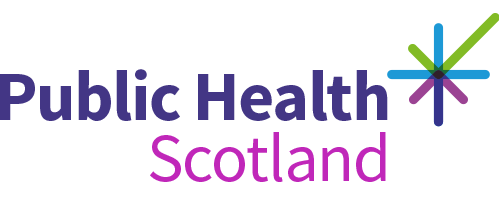- Published
- 04 December 2024
- Journal article
A 24-month National Cohort Study examining long-term effects of COVID-19 in children and young people
- Authors
-
- Source
- Communications Medicine
Abstract
Background: Some children and young people (CYP) infected with SARS-COV-2 experience impairing symptoms post-infection, known as post-COVID-19 condition (PCC). Using data from the National Long COVID in Children and Young People (CloCk) study, we report symptoms and their impact up to 24-months post-infection. Methods: CloCk is a cohort of CYP in England aged 11-to-17-years when they had a SARS-CoV-2 PCR-test (between September 2020 and March 2021). Of 31,012 eligible CYP 24-months post-PCR test, 12,632 participated (response = 40.7%). CYP were grouped by infection status: ‘initial test-negatives; no subsequent positive-test’ (NN); ‘initial test-negatives; subsequent positive-test’ (NP); ‘initial test-positives; no reported re-infection’ (PN); and ‘initial test-positives; reported re-infection’ (PP). The Delphi research definition of PCC in CYP was operationalised; symptom severity/impact and validated scales (e.g., Chalder Fatigue Scale) were recorded. We examine symptom profiles 24-month post-index-test by infection status. Results: 7.2% of CYP consistently fulfil the PCC definition at 3-, 6-, 12- and 24-months. These CYPs have a median of 5-to-6 symptoms at each time-point. Between 20% and 25% of all infection status groups report 3+ symptoms 24-months post-testing; 10–25% experience 5+ symptoms. The reinfected group has more symptoms than the other positive groups; the NN group has the lowest symptom burden (p < 0.001). PCC is more common in older CYPs and in the most deprived. Symptom severity/impact is higher in those fulfilling the PCC definition. Conclusions: The discrepancy in the proportion of CYP fulfilling the Delphi PCC definition at 24-months and those consistently fulfilling the definition across time, highlights the importance of longitudinal studies and the need to consider clinical impairment and range of symptoms.
Rights
This article is licensed under a Creative Commons Attribution 4.0 International License, which permits use, sharing, adaptation, distribution and reproduction in any medium or format, as long as you give appropriate credit to the original author(s) and the source, provide a link to the Creative Commons licence, and indicate if changes were made. The images or other third party material in this article are included in the article’s Creative Commons licence, unless indicated otherwise in a credit line to the material. If material is not included in the article’s Creative Commons licence and your intended use is not permitted by statutory regulation or exceeds the permitted use, you will need to obtain permission directly from the copyright holder. To view a copy of this licence, visit http://creativecommons.org/licenses/by/4.0/.
Cite as
Stephenson, T., Pinto Pereira, S., Nugawela, M., Dalrymple, E., Harnden, A., Whittaker, E., Heyman, I., Ford, T., Segal, T., Chalder, T., Ladhani, S., McOwat, K., Simmons, R., Xu, L., Fox-Smith, L., Shafran, R. & CLoCk Consortium 2024, 'A 24-month National Cohort Study examining long-term effects of COVID-19 in children and young people', Communications Medicine, 4, article no: 255. https://doi.org/10.1038/s43856-024-00657-x
